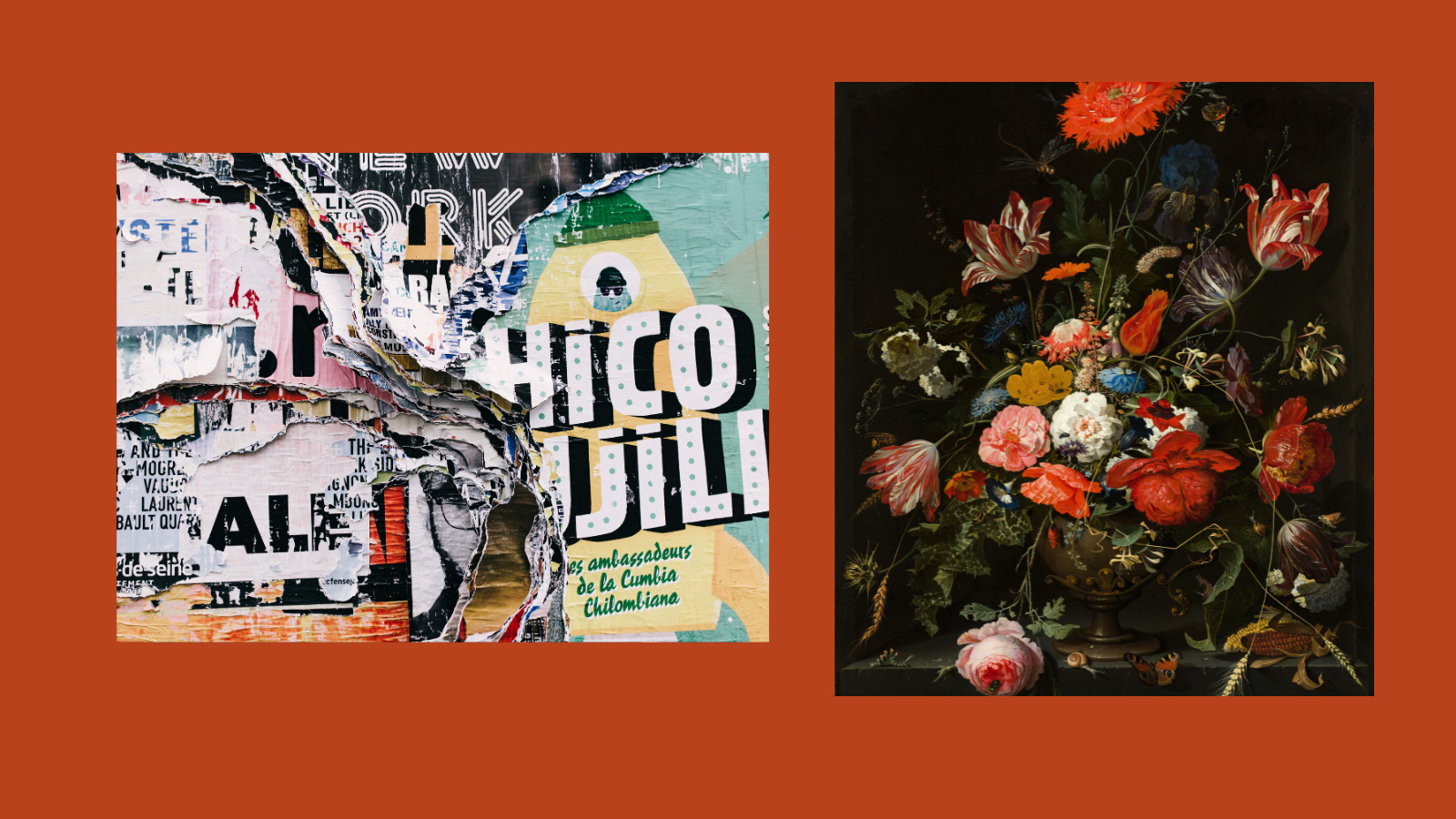
05 Sep The Soul in the Machine: The Timeless Value of Art in an Automated Age
In a world rapidly evolving under the force of automation, where machines can perform complex tasks in split seconds and algorithms predict our next move, one might wonder: where does the essence of humanity fit in this high-tech puzzle? As processes become more streamlined and robots handle chores, is there a risk of the human spirit becoming obsolete? The answer lies not in what we can mechanize, but in what remains innately ours: the art of expression, the soul’s voice, and the timeless value of art.
The Mechanical Age
As automation infiltrates every facet of modern life, from factories to home appliances, we witness machines replacing human hands at an unprecedented rate. This seismic shift towards a machine-centric world poses a poignant question: does automation compromise the essence of humanity? The answer is multi-faceted. While machines relieve us of mundane tasks, they also challenge the role of human beings in the world.
Art: The Everlasting Human Touch
Art, in its countless forms, stands tall as a testament to the indomitable human spirit. Regardless of how sophisticated machines become, they lack the intrinsic human need to express, reflect, and connect. This yearning isn’t a luxury; it’s a necessity. It roots us, gives our lives meaning, and acts as a mirror reflecting our collective experiences, dreams, and fears.
Every brush stroke on a canvas, every note in a soulful melody, and every verse in a heartfelt poem capture the intricacies of the human condition. These expressions, born from emotions, memories, and experiences, are domains where machines cannot venture. While an algorithm can mimic patterns in music or replicate famous paintings, it cannot feel the pain of heartbreak, the joy of a sunrise, or the nostalgia of a childhood memory. The emotional depth, subjective interpretations, and the infinite spectrum of human feelings remain beyond the realm of binary code.
For instance, when Vincent van Gogh painted ‘Starry Night,’ he wasn’t just creating a beautiful nightscape. The whirls of the night sky, the glowing moon, and the quiet town below were manifestations of his emotions, his solitude, and his observations of the world around him. An automated program might replicate his technique, but it cannot capture the anguish, joy, or the subtle emotions that make ‘Starry Night’ a masterpiece.
Similarly, the haunting notes of Beethoven’s ‘Moonlight Sonata’ cannot be fully appreciated without understanding the composer’s descent into deafness. While a machine can play the sonata note for note, it lacks the raw, emotional depth that Beethoven poured into his composition, making it resonate through the ages.
Connection in a Digital Age
In the vast digital landscape, where relationships are often reduced to online interactions, art plays a crucial role in bridging gaps and forging genuine connections. It reminds us of our shared humanity, acting as a universal language that transcends geographical, linguistic, and cultural barriers. Whether it’s a movie that makes us cry, a song that moves us, or a sculpture that leaves us in awe – art has the power to unite, resonate, and inspire.
At the heart of our agency’s mission is the belief that art and technology, when seamlessly integrated, have the potential to redefine the contours of human connection in the digital age. By continually pushing the boundaries and merging the tactile emotionality of art with the limitless possibilities of technology, we’re crafting a digital future rich in genuine human connection, expression, and innovation.
The Digital Canvas
Our agency recognizes the immense potential of the digital realm as a canvas. We utilize state-of-the-art digital tools and platforms to present art in innovative ways. Virtual Reality art galleries where attendees from all over the world can simultaneously experience an exhibition without leaving their homes, or Augmented Reality art installations in public spaces that transform mundane urban landscapes into interactive art pieces – these are not concepts of a distant future; they are current realities we’ve brought to life.
Storytelling in the Age of Interactivity
The narrative potential of combining art with technology is boundless. Through our immersive experiences, we’re able to tell stories that captivate the senses in ways traditional mediums can’t. Imagine an interactive digital mural that changes and evolves as users from around the globe contribute to it in real-time, or a musical piece that adapts and shifts based on the emotions detected from its audience. This fusion of art and technology facilitates a two-way connection, where the audience isn’t just a passive consumer but an active participant.
Reflections on the Human Experience
Art also offers a platform for introspection. As machines dictate our routines, art provides solace, a space where we can retreat and reflect on our existence. It challenges us, makes us question, and pushes us to explore the depths of our psyche. In this automated age, art is not just a pastime; it’s a sanctuary.
The famed ‘Humans of New York’ series by Brandon Stanton offers a poignant example. It’s a simple concept: photographs of people accompanied by their stories. Yet, it’s a powerful reflection on humanity, dreams, struggles, and triumphs. An algorithm might sort through thousands of images, but it’s Stanton’s human touch, his genuine curiosity about people’s lives, that brings those stories to life.
In Conclusion
The march of automation is inexorable, and its advantages in efficiency and productivity are undeniable. However, as we stand at the crossroads of humanity and machinery, it is art that anchors us, reminding us of our essence, our vulnerabilities, and our strengths. In this automated age, art isn’t just relevant; it’s vital. It is the soul in the machine, the heartbeat in a world of circuits, and the timeless testament to the undying spirit of humanity.

